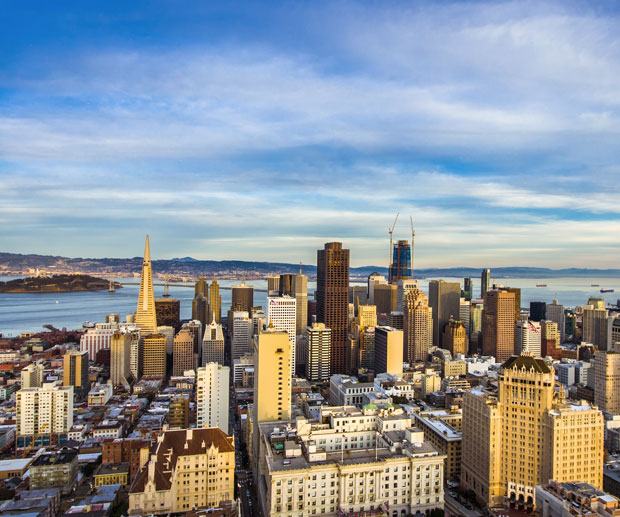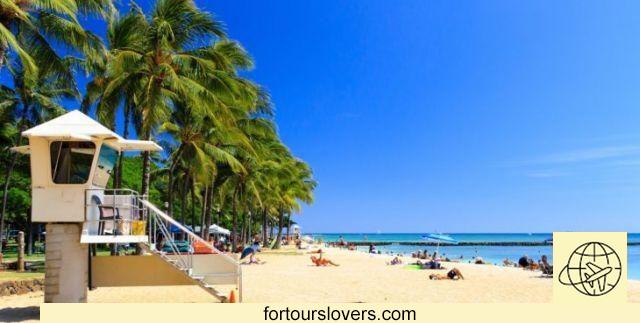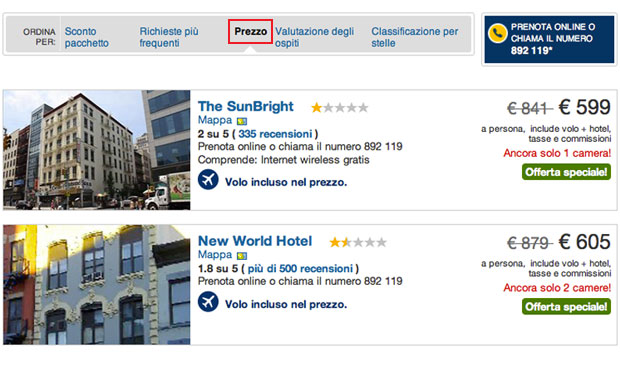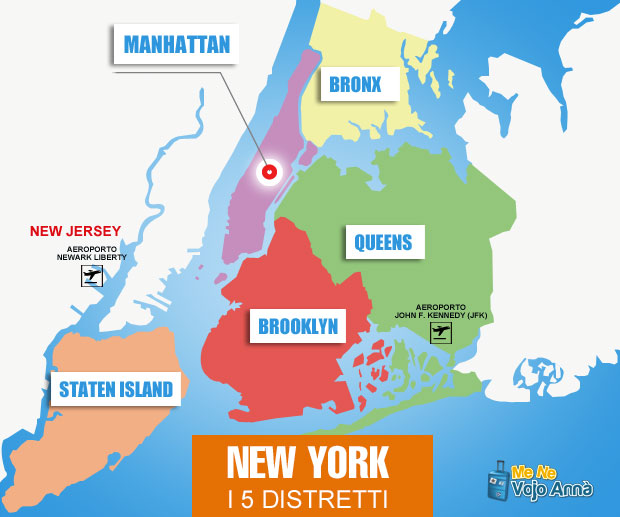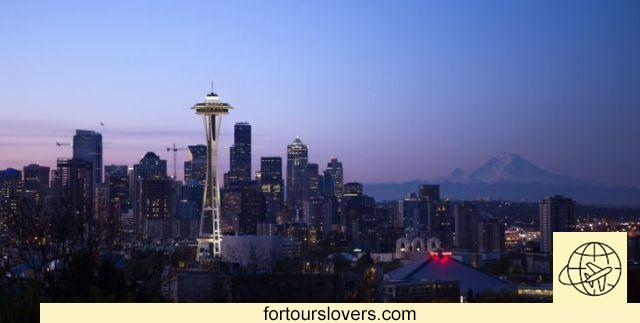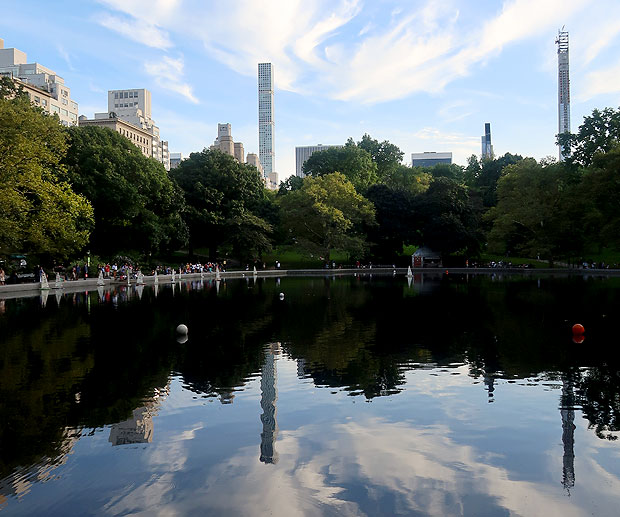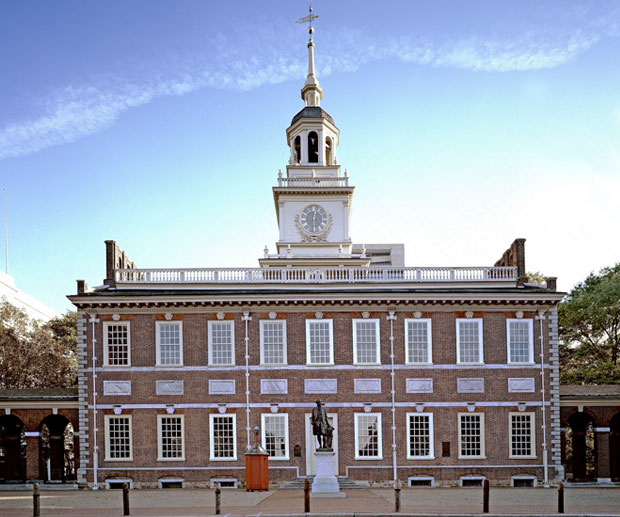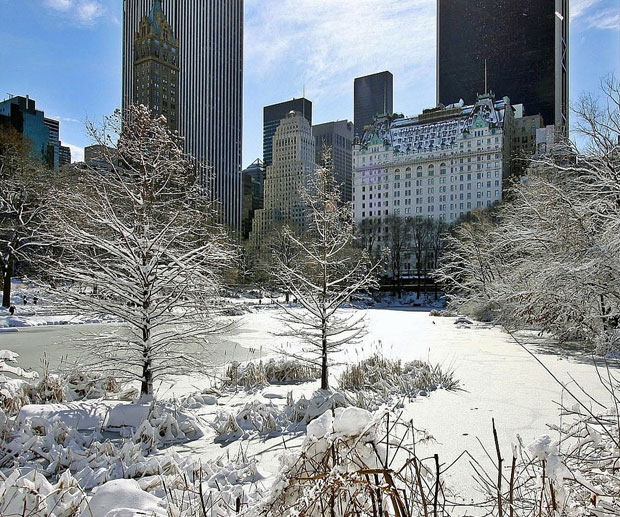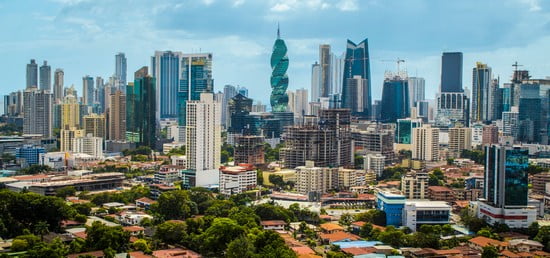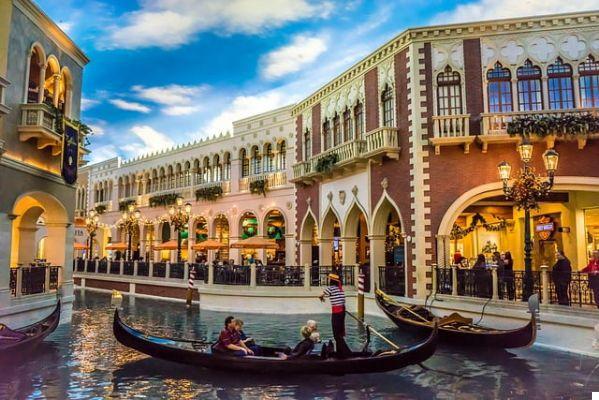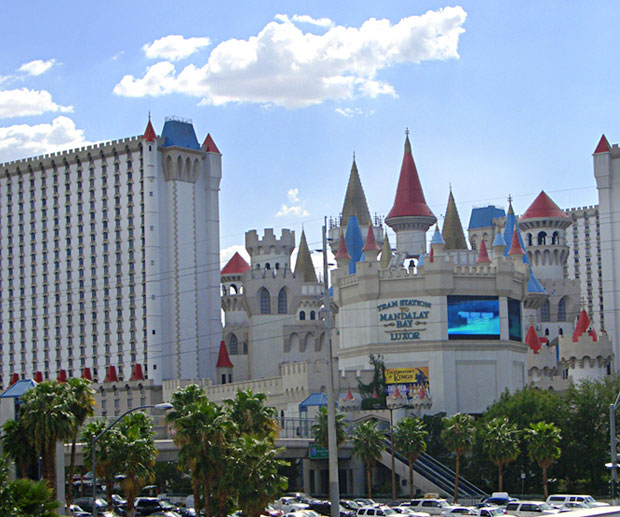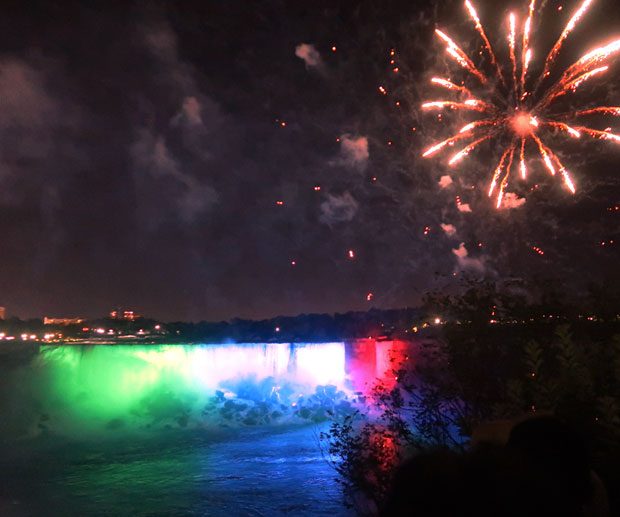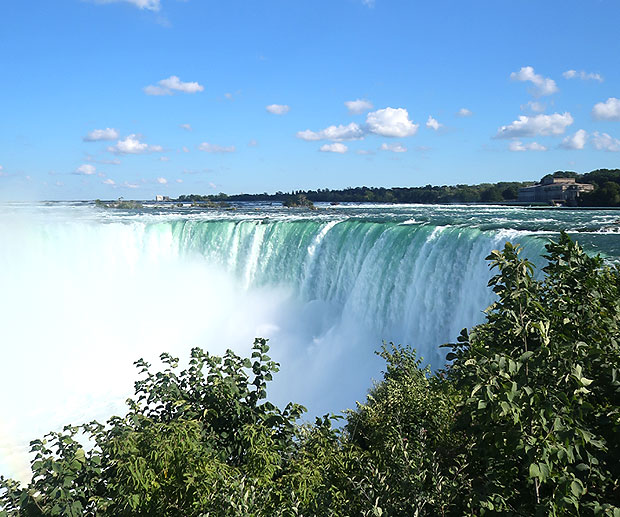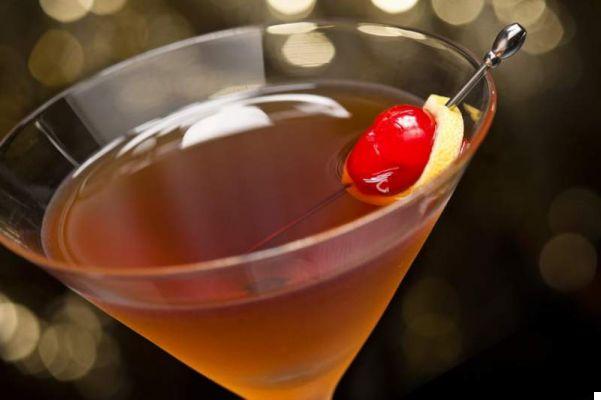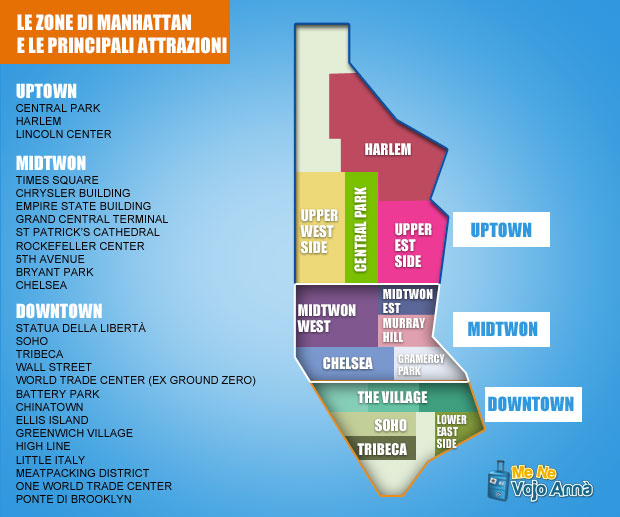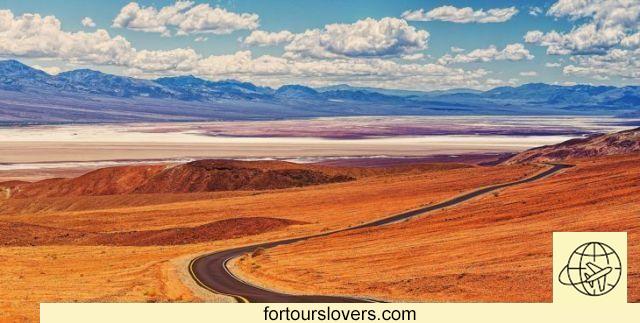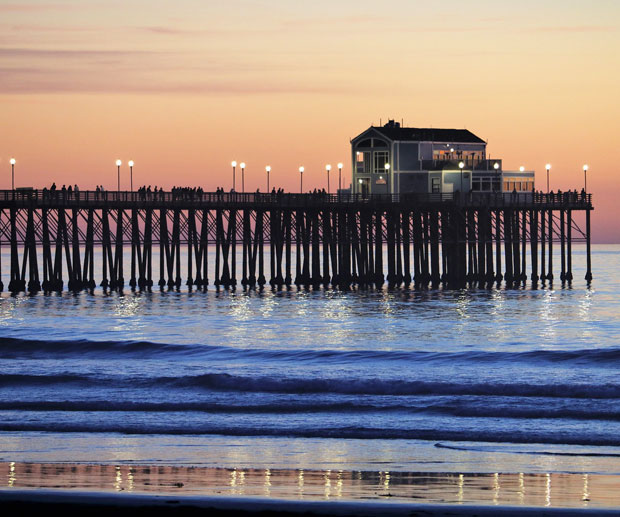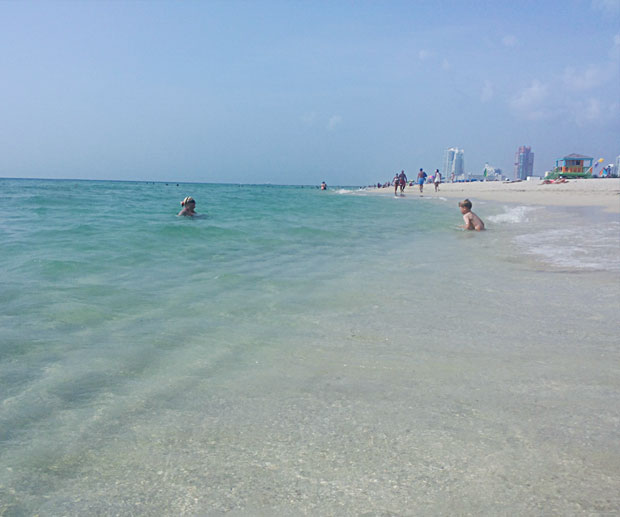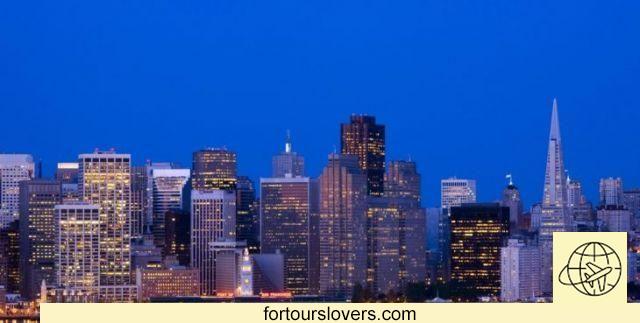
San Francisco
11 things to do and see in San Francisco and 3 not to doFirmly among the top ten tourist destinations in the United States, San Francisco is an amazing city from many points of view. First of all for theurban planning and sui generis architecture; secondly for the mix of tolerance and creativity that permeates everyday life. In the long term, these attitudes (which have specific historical reasons which we will mention in the rest of the article) have shaped the city to such an extent that it has become a technological, medical, literary, television, cinematographic, artistic avant-garde, etc. In other words, it can be said that San Francisco finds confirmation of its uniqueness only by constantly changing, innovating and experimenting. Below, we will try to account for so much richness and complexity with the list of the main city attractions. Happy reading.
1 Cable Cars
At the beginning we mentioned the urban peculiarity of San Francisco. A diversity largely due to the different orography of the city, literally perched on the numerous hills that draw its profile. Between the hills and the sea the urban streets full of ups and downs, some with significant slopes, which have made San Francisco famous also from a cinematographic point of view. Developing a suitable tramway for such particular conditions was therefore not an easy task. But yet, Since the late XNUMXth century, San Francisco's cable cars have been pacing up and down the city amid the increasing traffic of cars and motorbikes. You have to get on it (almost) on the fly and in most cases cling to the handles. Situations that, as can be easily understood, are neither suitable for children nor for the elderly and / or with mobility problems. On the other hand, those who are in condition will do well to move with this means of transport (technically it is a funicular traction tram) which in addition to being fun is also panoramic, with the opening of sudden breathtaking views. For more information on the lines and timetables consult the place: www.sfmta.com.
2 Coit Tower
The two main ingredients of San Francisco storytelling come into play in the Coit Tower story: panorama and counterculture. For the view it is necessary to climb to the top of the tower; for cultural aspects, however, it is necessary to refer to the biography of the client of the work and, obviously, to the wider historical context of reference. Let's see them briefly together. To want the construction of the tower was a rich and eccentric heiress, this Lillie Hitchcock Coit. It is a tribute to the San Francisco Fire Brigade, in the 20s and 30s of the last century very busy with the proliferation of fires, in most cases due to the extensive use of wood in the construction of buildings. Hitchcock Coit herself participated in several fire fighting actions, demonstrating her unconventionality as a young girl made of courage and a rebellious look for the standards of the time with jeans and short hair. It's not over, because inside the tower, several murals were made depicting the inhabitants of San Francisco gathered in the soup kitchen or engaged in reading great classics, including the texts of Karl Marx. These were the years immediately following the 1929 crisis and these frescoes represented the daily life of the local population at the time of the "Great Depression": on the one hand, poverty; on the other hand the need to decrypt the social and political reality also through the theories of the German philosopher. Needless to say, these frescoes were the basis of numerous disputes, especially in the aftermath of the Cold War with the USSR. Fortunately, the murals have remained in place and, together with the panoramic terrace at 64 meters (reachable by elevator), they are certainly worth a visit to the Coit Tower. To be seen!
3 Exploratorium
About one kilometer from Coit Tower, the Exploratorium is a must-see on a visit to San Francisco. It is about a museum dedicated to science which, however, unlike other similar spaces, pursues its dissemination objective mainly through play and art. In other words, the aim is to spread scientific knowledge in an interactive way, possibly through engaging and, why not, fun experiences. To want the construction was the nuclear physicist Frank Oppenheimer, brother of the better known Robert, involved, the latter, in the construction of the first atomic bomb. From 1969 to 2013 the Museum was housed in the Palace of Fine Arts. In April of that same year, however, the transfer to piers 15 and 17 in the Embarcadero area in the San Francisco bay. Hundreds of exhibition spaces between internal and external galleries for an annual number of visitors that is stable around 500.000 visitors. More information at place: www.exploratorium.edu.
4 Ferry Building
About ten minutes on foot. This is the distance that separates the Exploratorium we just talked about and the Ferry Building, another unmissable stop on a trip to San Francisco. It is a historic building, from the late nineteenth to the thirties of the last century ferry terminal departing and arriving from / to San Francisco. The construction of the Bay Bridge and the Golden Gate Bridge together, of course, with the spread of the automobile, were the events at the basis of the rapid decline of the port structure whose spaces, starting from the 30s, were adapted into simple offices. The revival of the Ferry Building begins in the aftermath of the devastating 1989 earthquake (Loma Prieta earthquake). The building in fact survived the shock, proving to be much more solid than many other structures built in later times. Hence the decision to turn it into a emporium for gourmets with several restaurants and a spectacular fruit and vegetable market which takes place three times a week (Tuesday-Thursday-Saturday). These are products with a very short supply chain, complete with government certification from the State of California, at the forefront of promoting sustainable agriculture. Highly recommended. For more information see the place: www.ferrybuildingmarketplace.com.
5 SFMOMA
Like any major city, San Francisco also has its own museum of modern art. Opened in 1935, the San Francisco Museum of Modern Art (SFMOMA) has over 30.000 works of art ranging from photography, video installations, performance art and industrial design. The mission is "to explore the new, the difficult and the unexpected" by improving "the interpretation, presence and conservation of modern or contemporary art". And, to be up to such a challenging task, the museum was further expanded in 2016. Not to be missed, on the fifth floor (there are ten in all), the space dedicated to Pop Art. Among the works there is a magnificent Elvis by Andy Wahrol (title of the work "Triple Elvis"). To be seen! For the days, opening hours, prices (4000 square meters of museum can be visited for free) consult the Official site: www.sfmoma.org.
6 Asian Art Museum
A little over a mile. This is the distance that separates SFMOMA and Asian Art Museum, the largest museum of Asian art in the entire Western world. To make the fortune of this museum, two entrepreneurs: Avery Brundage, Chicago industrialist, e Chong Moon Lee, a Korean with solid interests in Silicon Valley. The first, in 1959, agreed to donate his private collection of Asian art to San Francisco (in total there are 7.700 works attributable to Brundage's philanthropic commitment), provided that the city, in return, made its ambition to transform itself into one of the largest centers of oriental culture in the world. A promise kept in a great way, since Chong Moon Lee's commitment takes over in the mid-90s precisely to give a new home to the collection in the previous 30 years, which had significantly expanded. Obviously, in a city like San Francisco, where the presence of the Chinese community is very significant, the finds that can be traced back to this civilization are the masters (do not miss the highly prized Ming vases, precious testimony of Chinese ceramic art). However, this does not mean that in the Asian Art Museum there are masterpieces from Taiwan, Tibet, Pakistan, Japan and Korea. For more information visit the website: www.asianart.org.
7 Chinatown
Obviously, the knowledge of oriental culture cannot be reduced to a visit to the Museum of Asian Art alone. At least not in San Francisco, where it is the oldest Chinatown in the United States. A little more than three square kilometers in which approximately 100.000 people live who among them speak only Chinese and, in more than a few cases (with the significant exception of the youngest), do not know any other language. Cross Dragon's Gate on Grant Avenue it therefore means entering another world made up of small shops, restaurants and local markets where the millenary Chinese commercial vocation relives. There is no shortage of Buddhist tai temples (Buddha's Universal Church, the largest Buddhist temple in the United States), and not even one church, the Old St. Mary's Church, founded immediately after the mid-nineteenth century with the primary purpose of converting to Christianity the increasingly numerous eastern community. Not to be missed Portsmouth Square, the heart of Chinatown and, right in front of it, the Chinese Culture Center of San Francisco, a museum that collects various works of traditional Chinese painting without disdaining, however, forays into contemporary art. Another unmissable stop is the Chinese Historical Society of America, a building where the successive stages of Chinese integration into American culture are retraced, from the golden age to the beat generation. To be seen!
8 Fisherman's Wharf
You can't say you've been to San Francisco without a visit to Fisherman's Wharf. Not only because it is the district with the greatest number of attractions in the entire city, but above all because it was originally nothing more than an infamous port area, moreover dangerously close to the Alcatraz super prison (see next point). Today, however, Fisherman's Wharf has become the symbol of the city that wants to have fun. There are many things to do and see, especially if you are traveling with your children: the Acquarium Bay, the Musée Mecanique, the US Pampanito (submarine used during the Second World War) and a multitude of shops and restaurants that will keep you nailed here, on the north side of the San Francisco waterfront, at least for a full day. Absolutely not to be missed Sea lions who live around the Molo (Pier) 39. There are hundreds of them and, law in hand, they have priority over boats that want to dock in the area (at least from January to July). More information at place: fishermanswharf.org.
9 Alcatraz
One of the unmissable stops on a holiday in San Francisco is certainly a visit to Alcatraz, the most famous maximum security prison in the world. Located on the island of the same name just over two nautical miles from the city, this penitentiary has hosted some of the worst criminals in the United States. Over all, Al Capone, the mafia boss who made his fortunes by smuggling alcohol during Prohibition. However, the fame of this super prison is inextricably linked to escape of Frank Morris and brothers John and Clarence Anglin. An escape that soon became legendary for two reasons: the fact that nothing more was ever known about the three fugitives, despite years of research throughout the United States and, secondly, the 1979 film starring Clint Eastwood as lead actor (Frank Morris). Two circumstances that, with the advent of mass tourism, have transformed Alcatraz into one of the major attractions of the San Francisco Bay. To reach the island and the super prison (which closed its doors definitively in 1963, a year after the flight of the three mentioned above), it is necessary to set sail from Molo (Pier) 33 with theAlcatraz Cruises, the official licensed shipping company of the National Park Service, body on which the protection of the island depends. Different formulas are available (between day and evening visits) although it is advisable to book in advance for each. More information at place: www.alcatrazcruises.com.
10 Golden Gate Bridge
Don't be fooled by its XNUMXth place to see and do in San Francisco. Together with Alcatraz, in fact, the Golden Gate Bridge is the main attraction of the Californian city. Several factors contribute to the charm of this bridge: its size (2700 meters long); the color (an orange of which the inhabitants of San Francisco are very proud) and the resistance (the bridge was designed to withstand both gusts of bay wind and possible earthquakes, which must be reckoned with considering the high seismicity of the area). Fog is also a factor, as often enveloping the entire bridge, it gives an almost magical aura to the structure, especially for photography lovers. And, in this regard, the various observation points of the Golden Gate Bridge should be briefly mentioned. To the south we have the Golden Gate Bridge Welcome Center, while to the north we have Vista Point. Under the bridge, on the other hand, there is the Fort Point, a small fortress built at the time of the Civil War and used, instead, as a privileged observation point for the San Francisco bridge. It goes without saying that the Golden Gate Bridge can also be crossed on foot and / or by bicycle, as long as it complies with current traffic regulations. It is also easily accessible from the bridge Sausalito, a charming seaside town renamed the "Portofino of America". Reaching it on foot, by car or by bike is certainly among the things to do. For more information see the place: www.goldengatebridge.org.
11 Muir Woods
The appeal of a trip to San Francisco cannot miss a visit to the Muir Woods, a redwood forest just outside the city (not far from Golden Gate Park and the Golden Gate Bridge). A beautiful and naturalistically very interesting place, testimony of what California was before the massive anthropization of the XNUMXth century. Some of these gigantic trees are nearly a thousand years old and provide an ideal breeding habitat for several species of birds and mammals. There is also a stream, the Redwood Creek, famous for salmon and trout fishing. In short, Muir Woods is a wood full of charm recently also chosen by Hollywood cinema who shot some scenes from the film here "Apes Revolution", eighth series of the renowned "Planet of the Apes". For more information see the place: www.nps.gov/muwo/planyourvisit/reservations.htm.
1 Watch out for tourist traps
That of the "Tourist traps" it is a topic that comes up often in big cities. In the article we mentioned the restaurants in Fisherman's Warf and Chinatown but, it must be said, they are among the areas of San Francisco where the chances of being disappointed by the food or the quality / price ratio are greater. The advice is the same as always: pay proper attention to the choice of restaurant, perhaps by reading the reviews or, if there is a way, asking for advice from someone who has visited the city before. Better still ask for advice from someone from the place provided, of course, he has no specific interests in suggesting one address rather than another.
2 Don't drive when you can walk
San Francisco is great on public transportation, including the characteristic cable cars which we referred to at the beginning of the article. In truth you can also easily get around on foot, since most of the tourist attractions are not far from each other. And, while we're at it, let's take the opportunity to mention other attractions not covered in the article. For example, the mythical Lombard Street, a winding road bordered by flower beds which, returning to the theme of "cars", is by far preferable to cross on foot. Also Mission It is a neighborhood that is absolutely worth exploring, especially to connect with the unconventional and libertine spirit of the inhabitants of San Francisco.
3 Pay attention to what to pack
The most common mistake is to think that San Francisco is hot (almost) all year round due to the mere fact of being in California. Mistaken. The beauty, or the ugliness of the city (depending on the point of view), is that it is not very cold but neither is it never scorching heat. In other words, winter is rainy but never freezes, while summer is unusually cool thanks to ocean currents. Autumn and spring, on the other hand, from a climatic point of view are very similar to the European nations bordering the Mediterranean. How to dress then? Well, the simplest advice to give is: "in layers". Lightweight and breathable fabrics that can be added or removed if necessary. In winter, you must definitely bring a windproof and rainproof jacket with you; in summer, however, you can also bring Bermuda shorts, as long as there are alternatives in your suitcase in case the weather is not the best. Get notified.




